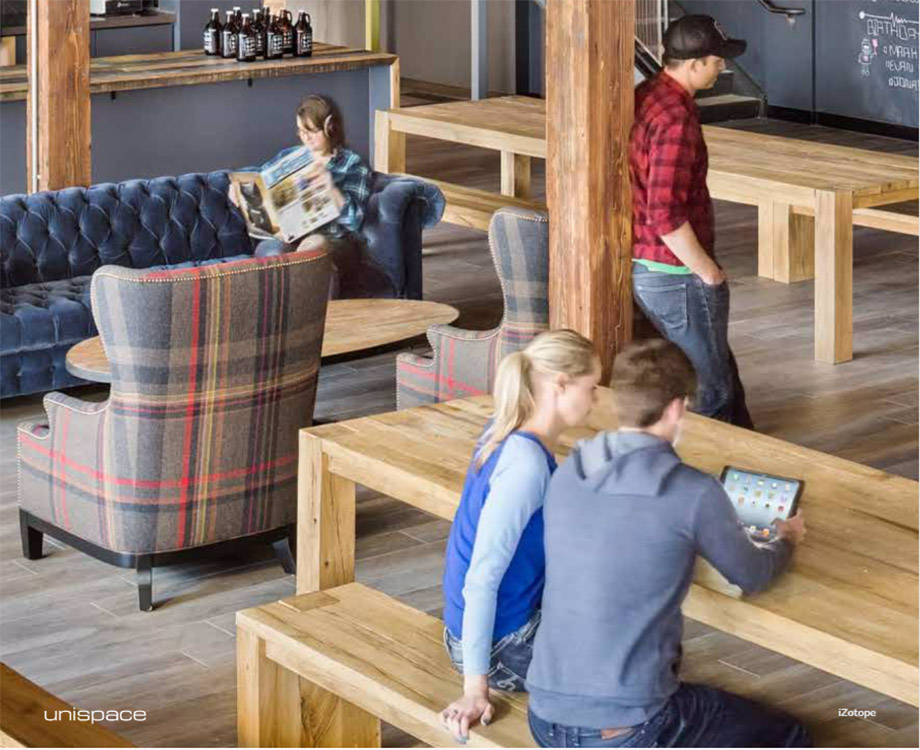New workspace research by Unispace has found that technology will be a key enabler of collaboration and interactions in the workplace.
“A few years ago, the average spend on technology was 10%, compared to 30% for services and the remainder on partitioning and furniture. Fast forward to today, and the technology spend has nearly doubled at 18%.”
Technology has had a major impact on workspace and the workforce, with recent developments ranging from security and management apps to collaboration and wellness apps. Yet, the scope of technology in the workplace goes beyond having the latest apps and gadgets in place.
According to Unispace’s research, “companies (are) invest[ing] in artificial intelligence to drive greater efficiencies, promote collaboration and creativity, engage the workforce, and attract talent.”
While on the one hand technology has enabled flexible and remote ways of working, on the other hand it is also the driver and enabler of human interactions and collaboration in the workspace. Human beings are social creatures, which is why flexible workspace options have become so popular even in this digital work age.
Natasha Bonugli, Unispace European Design Director, says how she believes “the office is becoming a hub that people go to in order to interact and socialise.” And the role of technology in this socialisation and interaction is that it’s driving ways in which to do it more efficiently.
“Technology will be critical to ensuring the workforce connect on a human level, maximising collaboration time. We need to ensure they feel positive about being in the workplace and are able to communicate freely or concentrate if they need to,” Natasha adds.
“Technology is becoming the key enabler and driver for more efficient ways of collaboration.”
For flexible workspace operators, this means that freelancers and professionals of all types will continue to be drawn to their spaces. However operators’ main goal will have to be that of user experience, collaboration, and interaction; in short, strengthening their overall workspace community.
Fact is, workers are choosing to go to workplaces even when they have the option of working from home. This means that “the modern office needs to focus on maximising collaborative spaces with human interaction being the key focus of being physically present in the office.”
Otherwise, individuals will choose to stay at home instead of going into any type of work place. And technology can help.
Cloud technology, mobile technology, collaboration apps, the Internet of Things, and AI can help ‘link the workforce together beyond a building’s walls.’ The impact on technology will go even beyond this in the future, with technology experts predicting that “every mobile worker will run their life off an app telling them where to go in the workspace based on activities.”
The physical workspace will become a sort of ‘organisational storytelling opportunity,’ and technology’s role in this will be fundamental, allowing workers to optimize their time, enhancing their interactions, and driving constant collaboration.
Feature image grabbed from Unispace research.


 Dr. Gleb Tsipursky – The Office Whisperer
Dr. Gleb Tsipursky – The Office Whisperer Nirit Cohen – WorkFutures
Nirit Cohen – WorkFutures Angela Howard – Culture Expert
Angela Howard – Culture Expert Drew Jones – Design & Innovation
Drew Jones – Design & Innovation Jonathan Price – CRE & Flex Expert
Jonathan Price – CRE & Flex Expert












